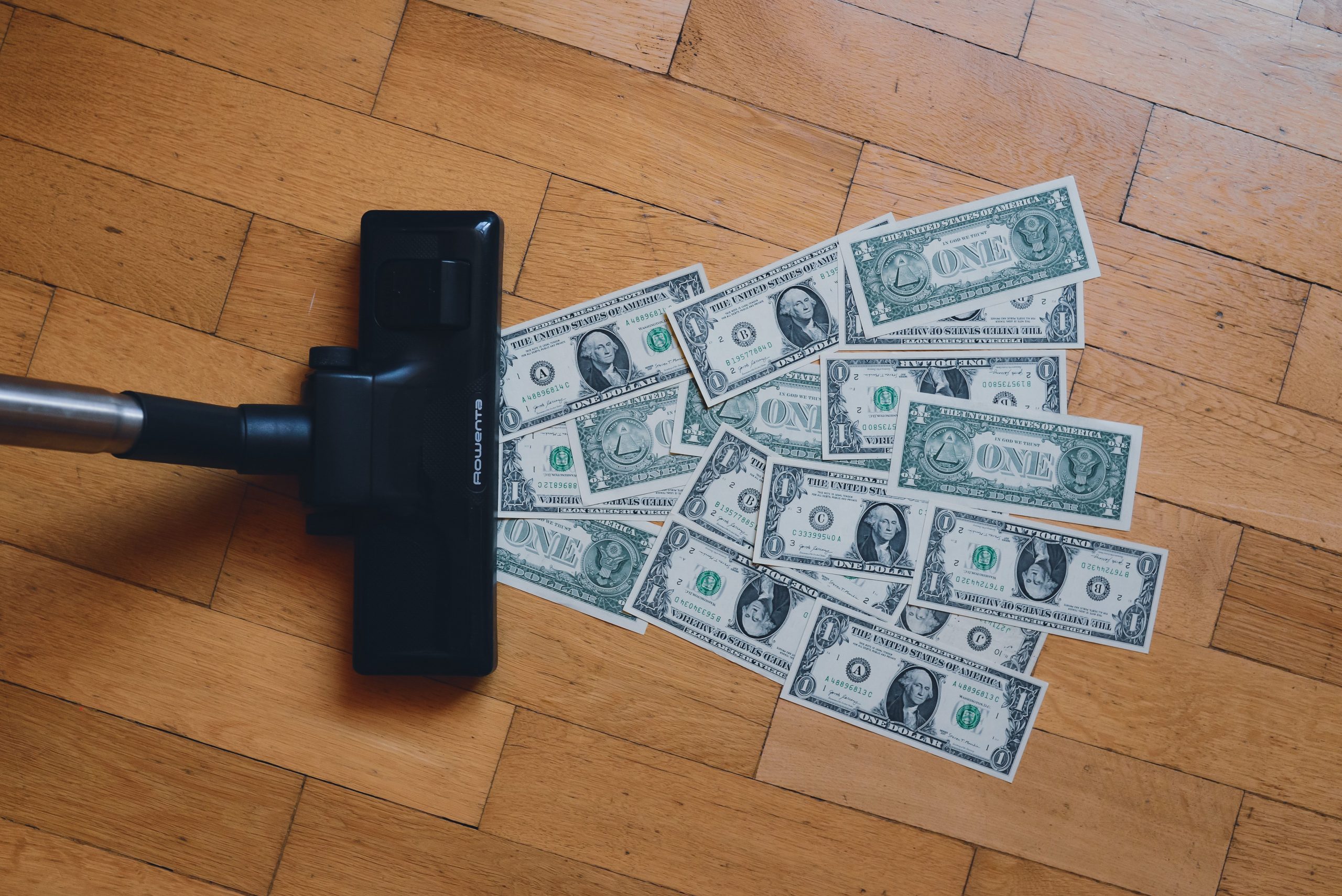The Chinese
debt trap, a buzzword in international politics, especially in the politics of
the US persuasion, has surfaced again owing to the burgeoning economic crisis
in Sri Lanka. The south Asian island nation has seen fuel and food prices shoot
through the roof and its forex reserves are all but exhausted. Protests have
shaken the country and the government cabinet has quit; the ruling party has
lost majority in Parliament.
The crisis in
Sri Lanka has led to conversations around the impact of Chinese debt and of
course the Hambantota Port, which lies at the heart of the Chinese debt trap
narrative.
What is the
Chinese debt trap?
The West and
its allies have often accused China of giving out big loans to smaller, developing
countries to build infrastructure they can’t really afford. When they’re unable
to pay, the accusation runs that, Chinese companies, which are often
state-operated if not owned, swoop in and take control of the infrastructure.
China is one
of the biggest lenders in the world to middle-income countries and has given
$170 billion in loans till the end of 2020 officially, according to the BBC. It
is also said that China gives more loans directly to public sector companies
instead of making direct government to government transfers. These loans often
remain out of the books.
Also Read | ‘Sold everything to China’: Why are Sri Lankan traders mad at Rajapaksas
The
expression “debt-trap diplomacy” in terms of China’s foreign policy engagements
found the most significant use in the words of former United States Vice
President Mike Pence. Pence saw China’s debt-trap diplomacy as evidence of President
Xi’s military ambitions.
Erstwhile US
Attorney General William Barr had said that China is “loading up poor countries
with debt, refusing to renegotiate terms, and then taking control of the
infrastructure itself.”
Also Read | Sri Lanka’s political crisis should end with snap election: Nanayakkara
Beijing, on
the other hand, has consistently maintained that there is no Chinese debt trap.
One of the largest creditors in the world, Beijing says, “There is not a single
country in the world that has fallen into [a] so-called ‘debt trap’ as a result
of borrowing from China.
A large
section of Chinese loans goes to service infrastructure projects like roads,
railways and ports as well as invest in mining and energy. Chinese loans make
for 20% of the annual GDP of Kyrgyztan, Zambia, Laos and Dijbouti.
One of the
biggest examples cited of the Chinese debt-trap is the Hambantota Port in Sri
Lanka. Located at Sri Lanka’s southern tip, the city of Hambantota is a few
nautical miles away from the busy Indian Ocean shipping lane. The lane accounts
for nearly 80% of the global trade between Asia and Europe.
When Sri
Lanka wanted to build the Hambantota Port, it had asked for money from both the
United States and India. However, both refused at the time. China came in and
serviced the port. Initially, all went well and the first phase of the project
was completed on time.
While it was
initially planned that the money coming in from phase-wise construction would
go on to pay for the remaining phases, the Sri Lankan president at the time,
Mahinda Rajapaksa, who is now the prime minister borrowed more money to
complete the port before it had become commercially viable.
Hambantota
started losing money by 2014. It was during a moment of political upheaval in
Sri Lanka when the government signed a contract with China Harbor and China
Merchants group to have them jointly develop and operate the new port for 35
years. Later on, Sri Lanka chose China Merchants making it the majority
shareholder with a 99-year lease. This act made proved to the west that China’s
purpose in giving out loans was to take control of infrastructure projects in
other countries.







